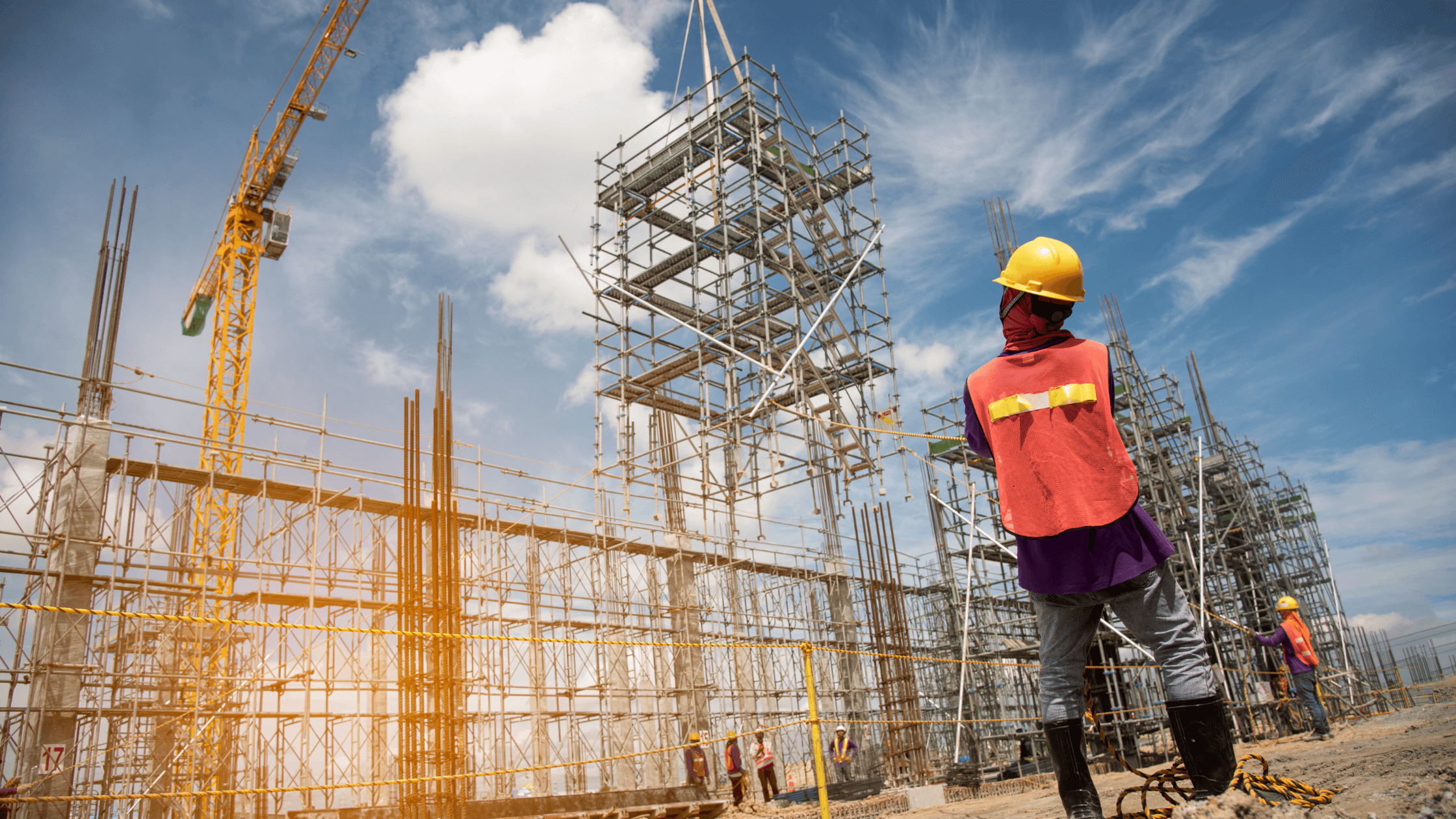A recent report from the National Association of Home Builders (NAHB) highlights an alarming need for more construction workers in the U.S., with the demand showing no signs of slowing down. The report, produced by the Home Builders Institute (HBI) in fall 2024, points to a growing labor shortage as the industry continues to struggle to keep up with construction demands. The data reveals that an additional 723,000 workers are needed to meet current housing and infrastructure projects, stressing the urgent need for solutions.
According to the report, this labor gap is driven by several factors, including an aging workforce, a lack of new workers entering the trade, and a high demand for housing construction. Residential construction alone will require 400,000 more workers annually just to maintain pace. With 90% of builders stating that labor shortages are one of the biggest challenges, this growing issue could seriously affect the construction industry’s ability to meet market needs.
Additionally, the NAHB Labor Report highlights that training and education efforts must be ramped up significantly. Industry experts are concerned that fewer young people are pursuing careers in the trades, leading to a decline in skilled labor available for carpentry, electrical work, and plumbing jobs. To address this, programs designed to attract and train new workers must become a key focus. The report stresses that delays in housing projects, increased costs, and a slowdown in economic growth are likely outcomes if these shortages aren’t addressed.
Moreover, the report touches on the need to embrace new technologies to help fill in the gaps caused by workforce shortages. Prefabrication and modular construction have emerged as potential solutions to reduce the need for manual labor and speed up project timelines. However, even with these innovations, trained workers will remain essential to ensure quality builds and on-time project completion.
This labor crisis has also had ripple effects, impacting housing affordability nationwide. Builders face rising costs and longer project timelines, which inevitably lead to higher prices for new homes. As the demand for housing continues to surge, finding ways to close this labor gap is more critical than ever to help stabilize prices and keep the industry moving forward.
Bottom line
Ultimately, the NAHB Labor Report paints a clear picture: without significant efforts to boost the construction workforce, the industry could face substantial setbacks in the coming years. The focus now shifts to implementing robust recruitment, training, and technological solutions to meet the market’s growing demands.
Subscribe to our weekly newsletter to stay updated with the most relevant industry news in the AEC community.



3 comments